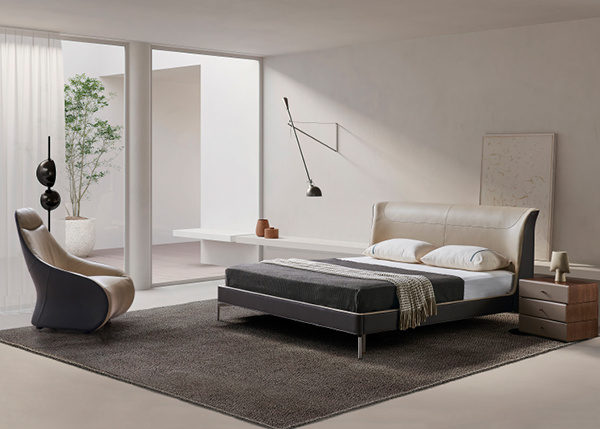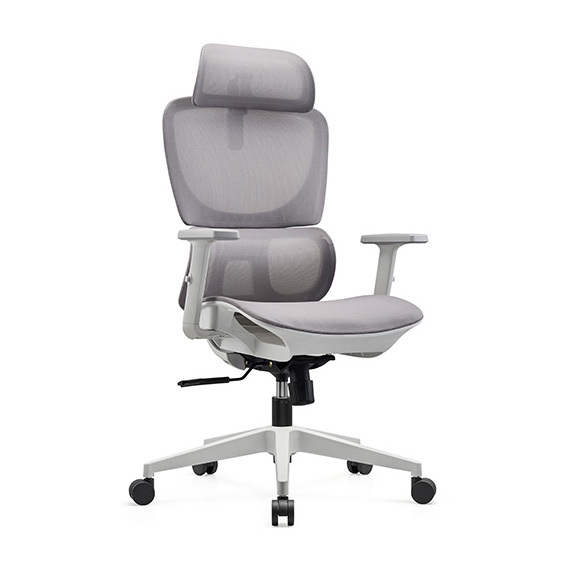Diversification of consumer demand for ergonomic chairs drives product innovation and service upgrades
Nov 08,2023

In the past, consumers mainly focused on whether ergonomic chairs could provide good lumbar support and comfortable sitting experience when purchasing them. However, with the improvement of living standards and changes in consumer attitudes, consumers' requirements for ergonomic chairs have become more diversified.
Personalized design has become one of the key concerns for consumers. There are differences in body size, usage habits, and aesthetic preferences among different consumers, and they hope to purchase ergonomic chairs that meet their unique needs. Therefore, some manufacturers have begun to launch customizable products, allowing consumers to choose the appropriate chair back height, seat cushion width, armrest style, etc. based on their height, weight, sitting habits, and other factors. At the same time, in terms of exterior design, more diverse colors and styles have emerged to meet consumers' pursuit of aesthetics in home or office environments.
The increasing awareness of environmental protection has led consumers to have higher requirements for the materials used in ergonomic chairs. More and more consumers tend to choose chairs made of environmentally friendly materials, which are not only environmentally friendly but also do not release harmful chemicals during use, ensuring the health of users. For example, some companies use recyclable plastic materials to make some parts of chairs, or use natural plant fiber materials as fillers for seat cushions and backrests, reducing their negative impact on the environment.
The quality of after-sales service is also highly valued by consumers. As ergonomic chairs are durable consumer goods, consumers hope to enjoy long-term and convenient after-sales service after purchase. This includes the warranty period of the product, the timeliness of maintenance services, and the convenience of parts replacement. Some brands have extended the warranty period of their products and established a comprehensive after-sales service network to enhance user experience, ensuring quick response and resolution when users encounter problems. At the same time, for some common problems, online customer service guidance and video tutorials are also provided to help users solve simple faults on their own.
Intelligent experience, as an emerging demand trend, is also driving the innovative development of ergonomic chairs. As mentioned earlier, the intelligent ergonomic chair achieves functions such as sitting posture monitoring, automatic adjustment, and health reminders through sensors and artificial intelligence technology, bringing users a more convenient and intelligent user experience. Consumers can control the various functions of the chair through mobile applications, view their sitting posture data and health reports, making the chair a part of personal health management.
Faced with diverse consumer demands, the ergonomic chair industry is actively innovating its products and upgrading its services. Enterprises increase their investment in research and development, constantly exploring new design concepts, material applications, and technological solutions to meet the growing demands of consumers. At the same time, by improving the quality of after-sales service, establishing a good brand image, and enhancing consumer satisfaction and loyalty. In the future, with the further refinement and deepening of consumer demand, the ergonomic chair industry is expected to continue to innovate and provide users with higher quality and diversified products and services.
Latest News
Say Goodbye to Discomfort: Unleashing the Benefits of Ergonomic Gaming Chairs
The Ultimate Guide to Choosing the Perfect Executive Office Chair




